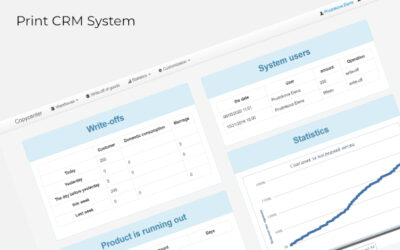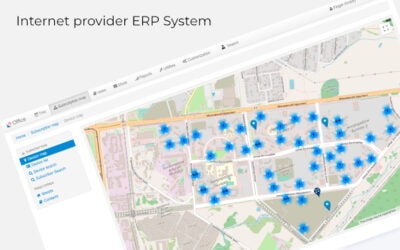How selling spot turned into a full-fledged online fishing gear shop
At the beginning of 2016, the owner of the fishing gear store turned to General Soft with the number of tasks:
- Fully represent the company on the Internet through the creation of an online store.
- Develop complex customer service system, from online order to completion.
- Automate assortment updates with price actualization and position information on the site.
- Develop an algorithm of customer service with a predominant number of transactions, including financial, online.
- Create a system for motivating clients to purchase.
- Increase company's demand and turnover by informing clients about the company's assortment policy.
As a result of in-depth analysis of the niche, evaluation of marketing goals and tasks of the company, General Soft specialists developed a hybrid CRM-ERP system with the support of instant integration with the website as part of the system. There are eight developed modules in the system for processes of interaction with clients, which broadcast all company and products information on the site.
Orders Processing Module
Within this module, the control and processing of orders received both through the site, and other channels of interaction with the client are fully automated.
Through the catalogue of goods on site the client form order. Order confirmation and payment for it through the site (while selecting the appropriate option) transfer the request to the module, where the entire set of information was presented:
- Information about the customer: whether he is registered in the database, what contacts for communication, whether orders were previously from the customer, whether the client is classified to one of the categories.
- Payment and delivery information: online payment through the account merchant form or payment upon receipt, what region and delivery address, what form of delivery.
- Order information: positions, the current availability of goods in the warehouse with the last price for each class, the size of the discount (if any), bonuses, discounts, the total cost for each position and the order.
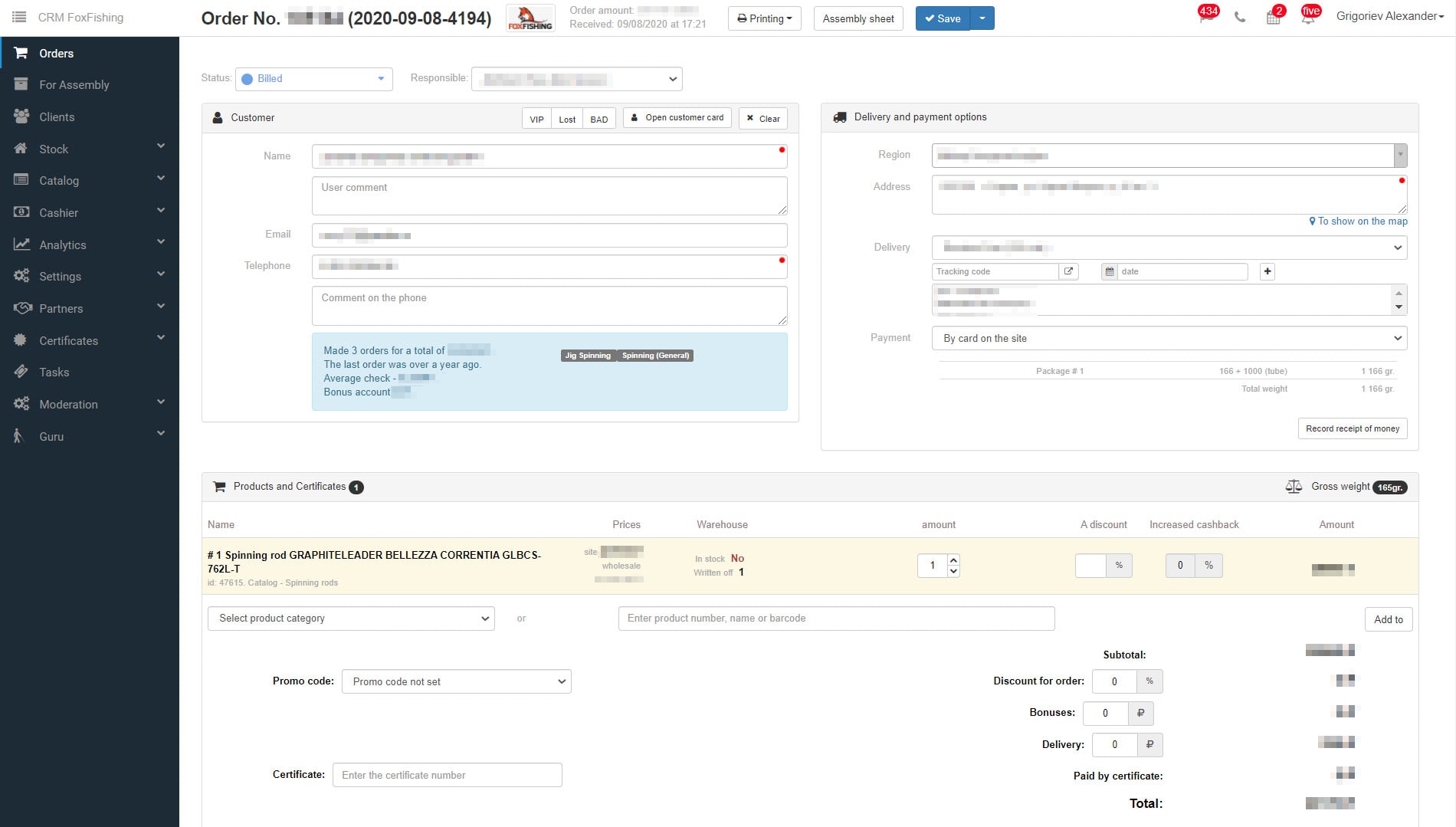
So, due to one module, the system comprehensively solves the problem of automating order processing with instant integration of the module with warehouse accounting and a customer base. At the same time, the module enables controlling the positions for each order, excluding processing errors in the absence of classes ordered through the site, mistakes as a result of manual calculation of the total order cost, discounts and other counts. Visual review and evaluation of order by the manager and its preservation under the corresponding status in the system automatically sent the assembly order. After that, in just a couple of clicks, the manager can prepare all the accounting documentation that accompanies the order: invoices to individuals or legal entities (when paying by bank transfer), acts, invoices for goods.
Clients Database Storage Module
This module allows you to comprehensively manage the customer base: both previously registered and lost, which significantly simplifies the company's marketing activities.
Client Registration on the site or one-time checkout through the site automatically transferred the customer to the company base. Managers can also add clients manually when they receive orders from other communication channels.
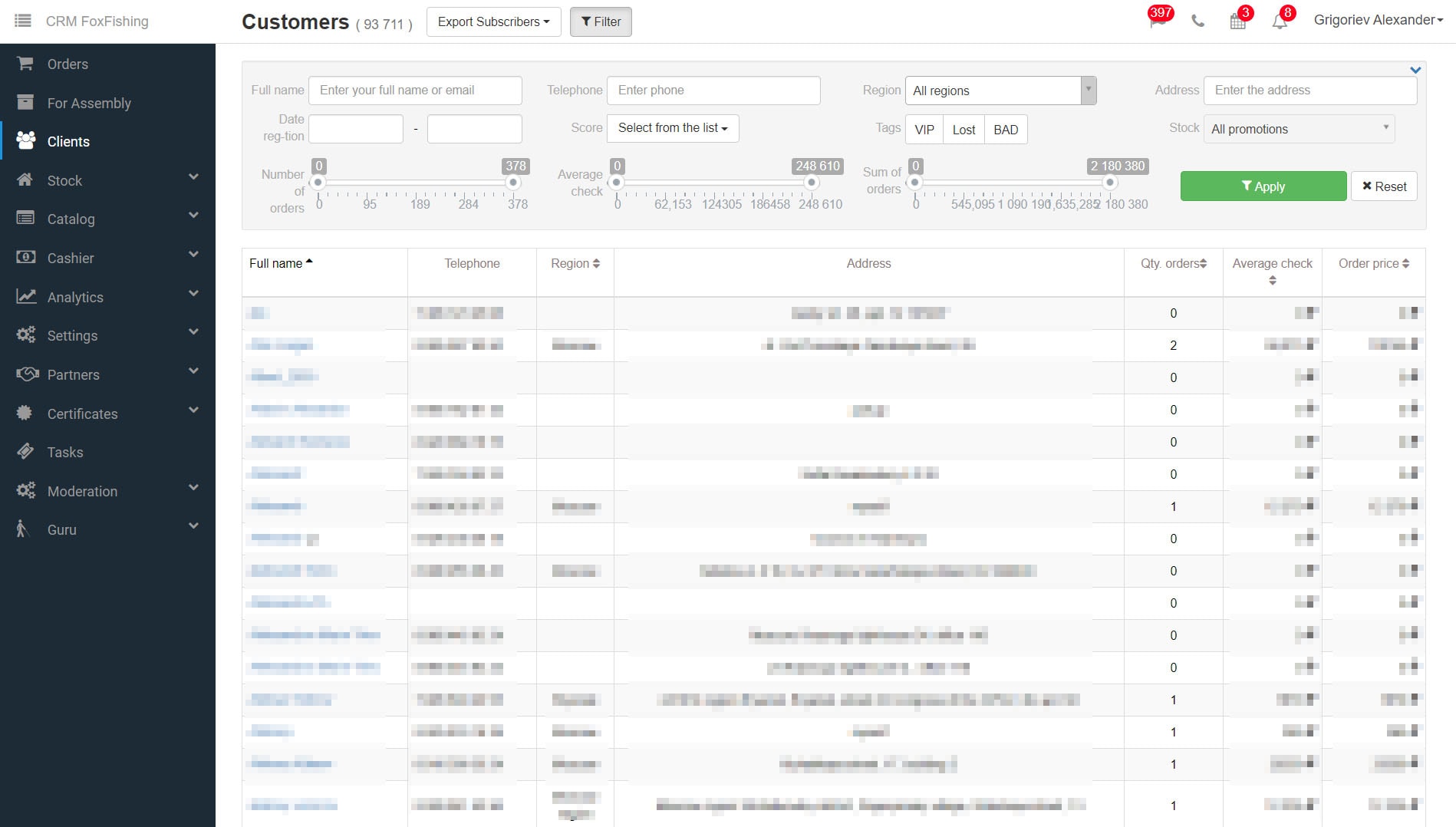
Clients Database includes the following information about clients of the company:
- name;
- time of registration (date);
- number of successfully executed and received orders;
- contacts;
- amount of orders;
- average order check;
- client’s region;
- valid client tag (lousy client, lost client, VIP).
In the process of work with this module manager can enter information about new clients to the database, sort database in search of a specific client, view the information by tags for work with specific customer segments. At the same time, when you move to the client’s card, you can view the history of interaction with the client, method of contact, offers and recall in the comments. It allows you to create more flexible and personalized offers for each Target Audience group, as a result of which the average order check increases, the total number of orders increases, and more customized approaches are formed by working with a client.
Also, for each client, the manager receives reminders for processing a specific order or can assign a task to process it, which eliminates the situation of losing a client due to the lack of regular contact with him.
Module of Work with Models Catalog
This module allows you to fully carry out all operations within the assortment and pricing policy of the company in a fully automatic mode, which minimizes the percentage of errors by employees of the warehouse, accounting department or content manager.
Arrival of the models to the warehouse required the automatic entry of such to the database with all related information for uploading the assortment to the site. For such optimization during work assortment, the catalog includes the following sections:
- models;
- brands;
- categories;
- series;
- specifications;
- tags;
- parameters (recall);
- recommendations;
- interests.
Within the module manager can enter new models (including adding links on video reviews of models), pulling up information about valid models using supplier code with updating of information after receipt, view balances of stock, rack the complexity of filling in information about models, view information about supplier of the models.
The last function of the archive is essential for companies that cooperate with 1000 or more suppliers: when the stock of goods decreases below the minimum set threshold, you can view information about the leading supplier in a couple of clicks and place an additional order to the warehouse.

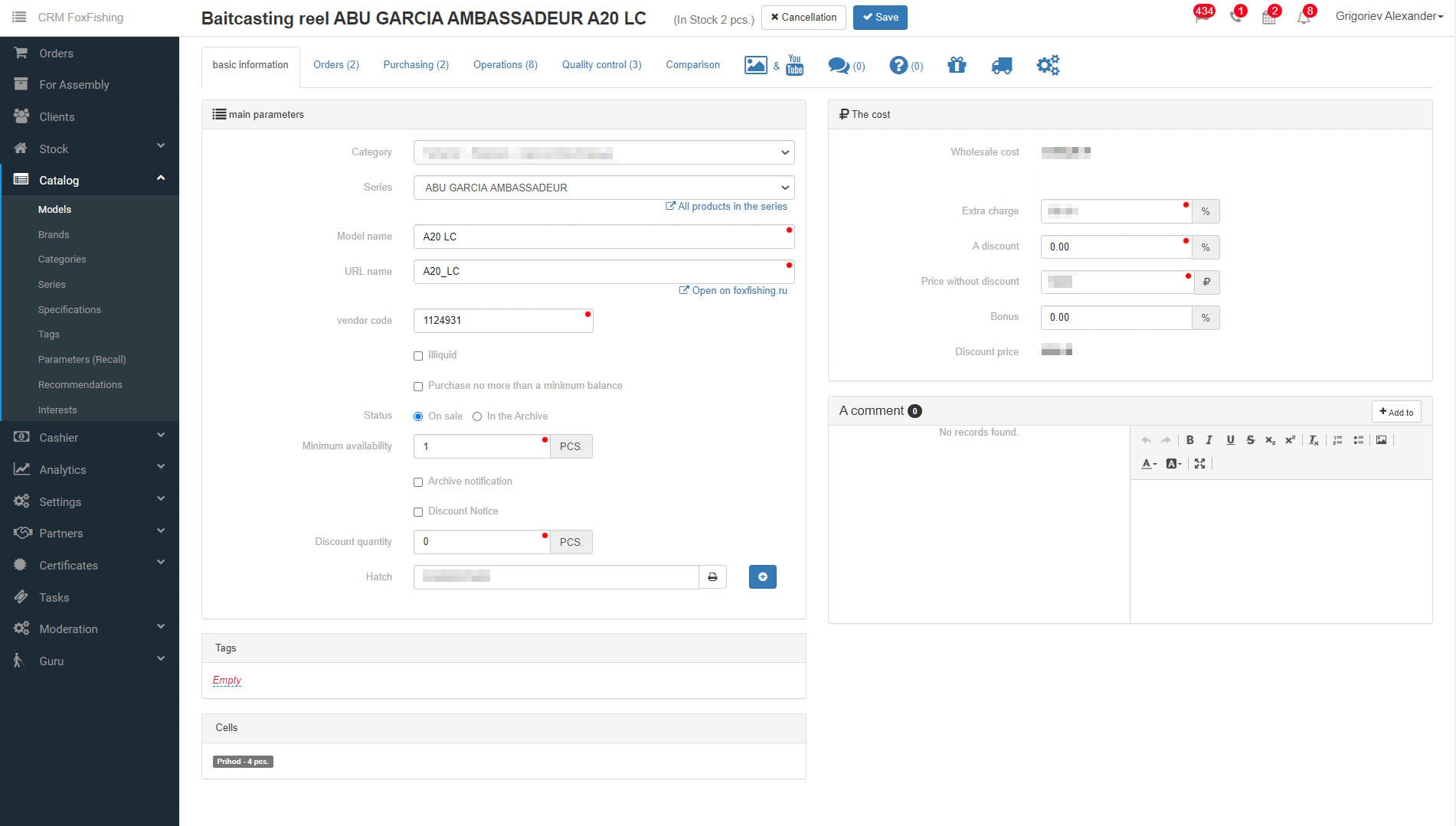
If information about the item is not filled in, such models can be tracked in the system and using the plain interface, understand that descriptions need to be additionally entered. It allows you to exclude duplicate items, obsolete or erroneous products maximally.
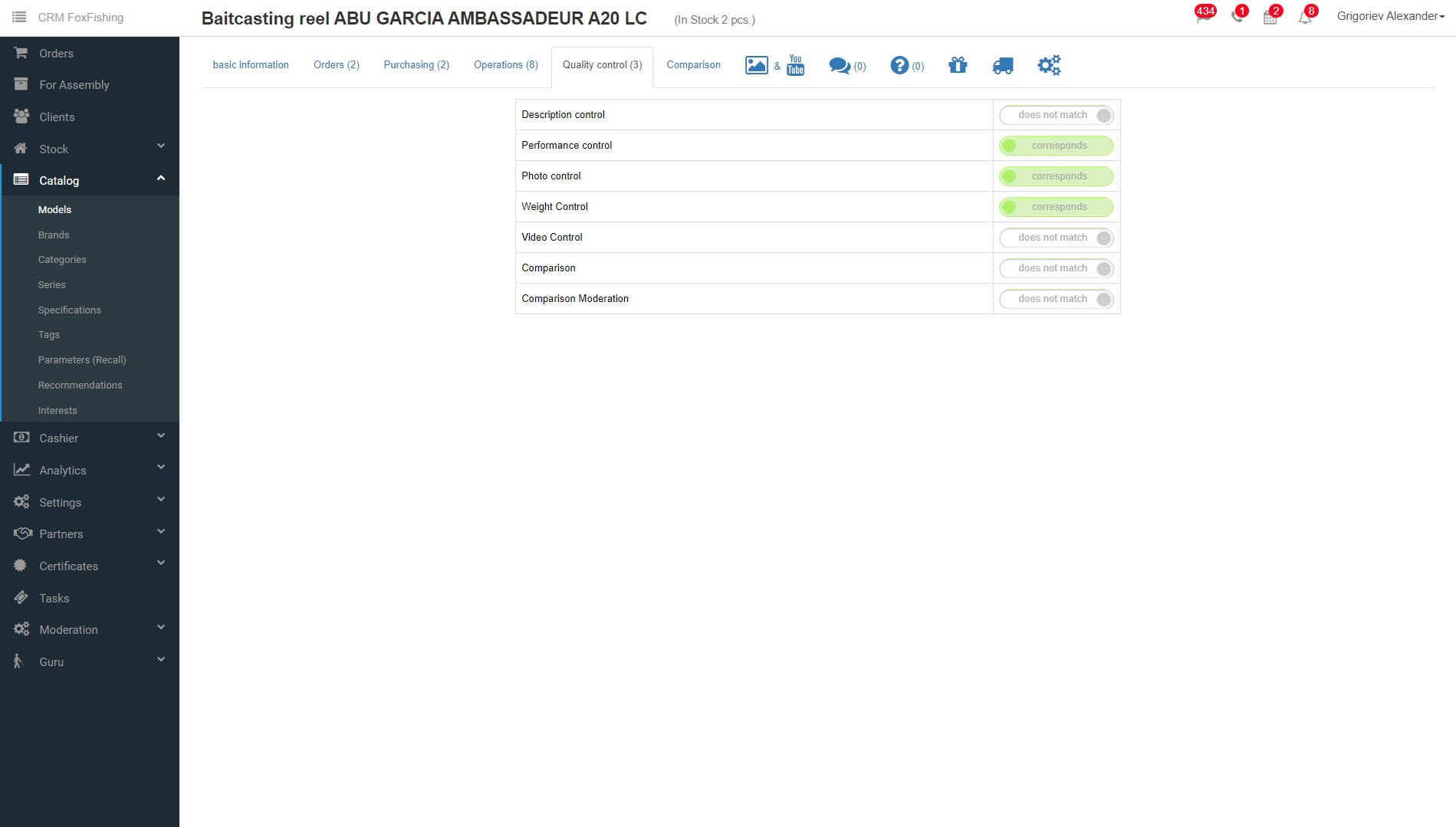
Thanks to the subsections "brands," "categories," "series," description of models is formed that allows you to carry out a convenient search for fishing gear on the site, even if the client is not enlightened in features of the selection of devices. Specifications allow you to deepen the search for sizes, design material, availability and other detailed information.
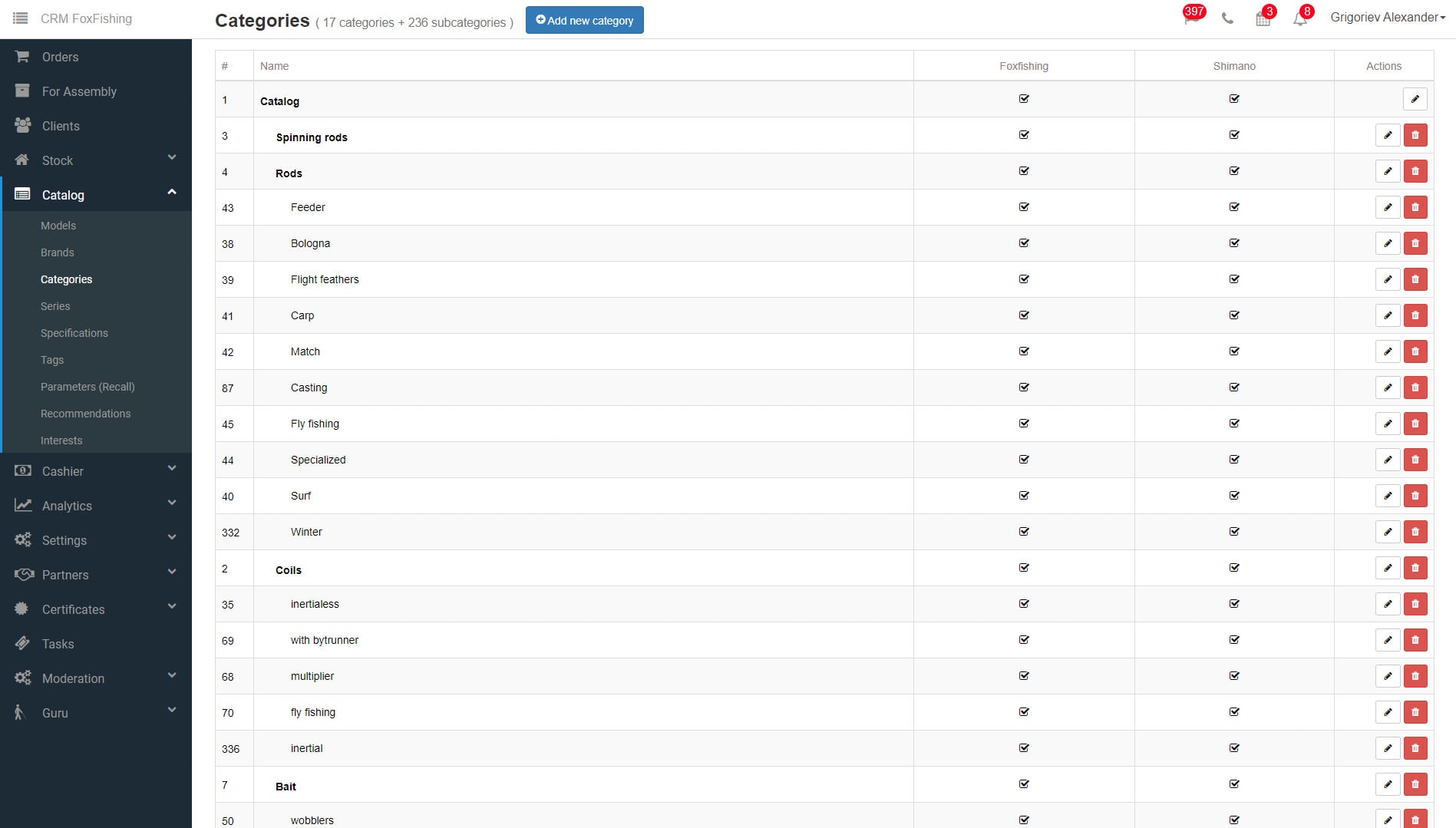



"Tags" subsection includes the most frequent searches for the models, which groups gear and equipment of various kinds into one category of the models by fishing features. It makes a choice on the site more personalized and client-oriented, with the use of unique slang. Thanks to this functionality, cross-selling and upselling by interest are carried out on the site, which enables increasing the average purchase receipt by 10-50%.

"Parameters (recall)" section allows you to add specifications according to which clients can rate the quality of the product according to the 5-point scale. Specifications are selected according to parameters that define the models by tags. It also allows you to create a list of recommendations for the models from one category within a single tag.
Cashier Work Module
Within this module, financial accounting in the company is made. That is why such subsections represent module:
- Cashier (a receipt of payments);
- Expenses;
- Awards Statistics;
- Award History.
Information on current payments is directly linked to orders to generate client-specific transaction history by check amount and payment method and to manage the motivation system of employees who have processed the relevant order.
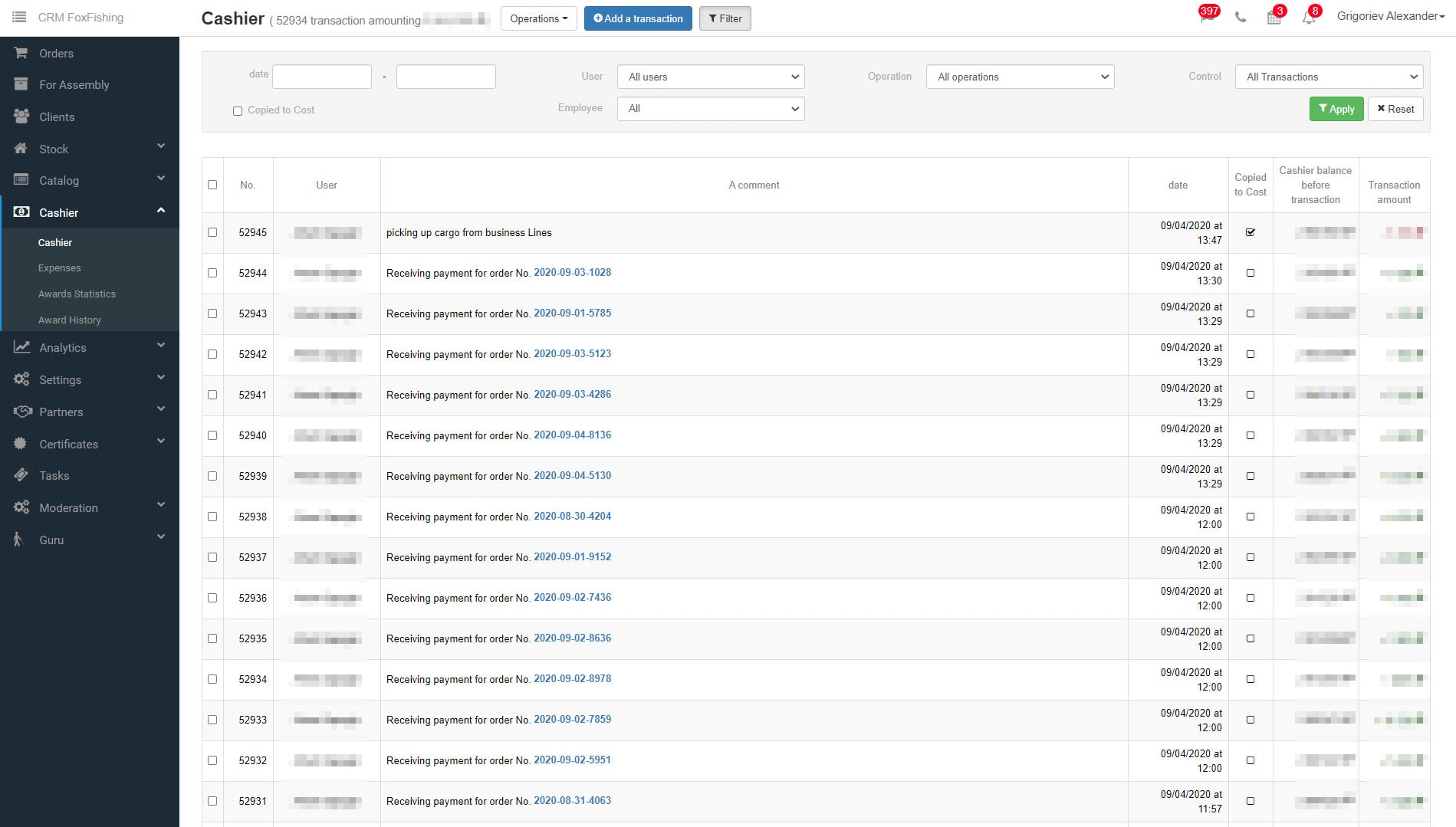
Expenses history allows you to track payments depending on the number of company items: wages, company development, purchases (including information about specific invoice and supplier), taxes, marketing and advertising.
Awards statistics and history allow you to track salary payments to specific employees for the entire time of employment per company. The flexible charging system shows successes and bonuses to employees for fulfilling direct and indirect duties: sales turnover, assembly and packing of orders, filling models cards.
All specified information is later used by the analytics module of the system to generate reports and predict improvements in the company (or changes) by objects of expenditure, load on employees, and other directions.
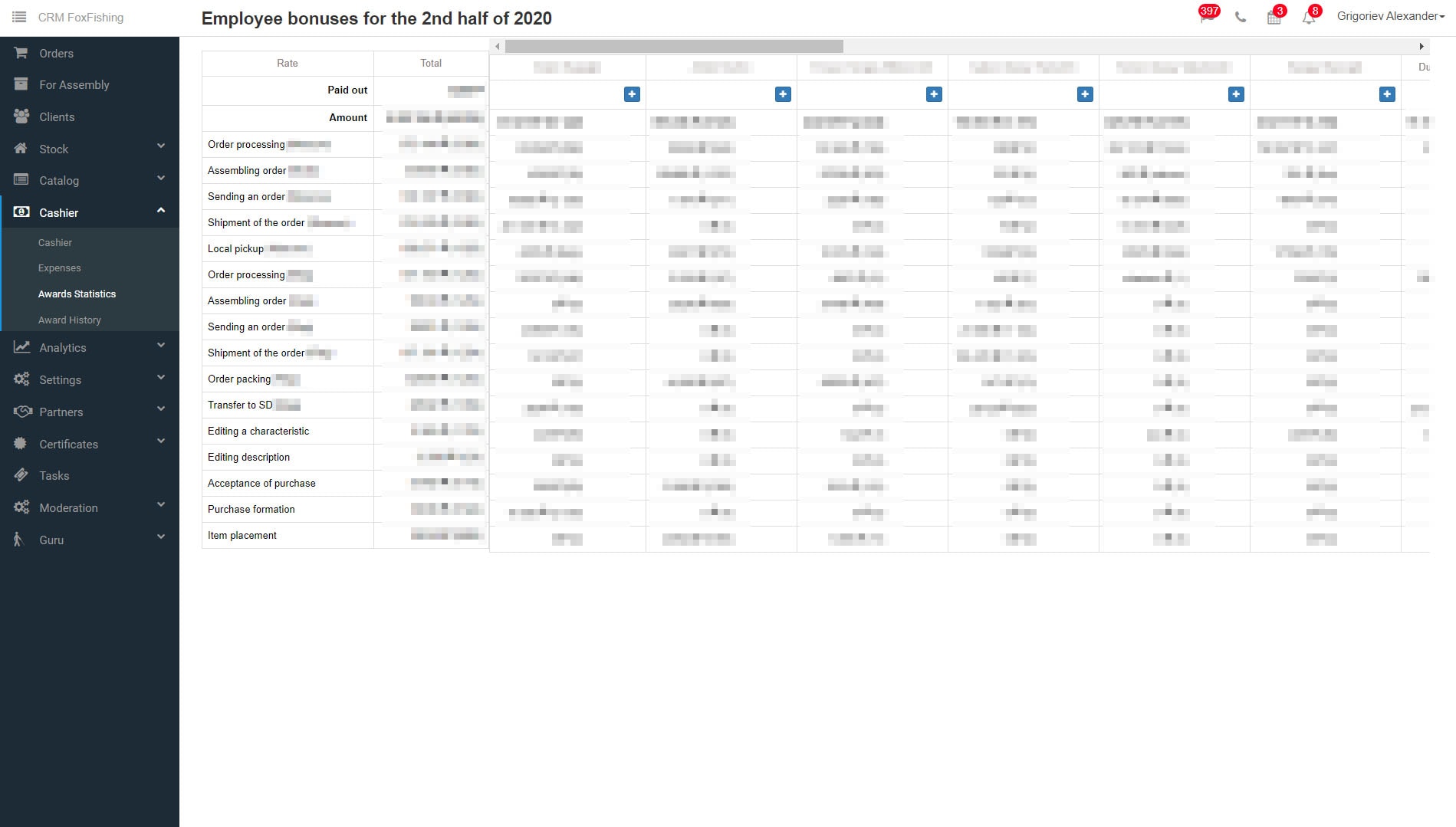
Settings Module
This module allows you to define the access rights of each specific employee of the company with visibility and openness of system functions. It will enable you to create maximum control over the state and limit the number of errors resulting from specialists without experience in specific business processes.
Besides, within this module, the shop management can determine marketing campaigns: promotions and discounts on the specific groups of models for individual categories of clients (partial visibility) or all visitors, display static banner ads in separate blocks on the site, form automated advertising campaigns with mailing offers. It allows you to increase the demand for illiquid models or models with high-profit threshold, or increase site attendance during the seasonal decline in sales.
Certificates Module
It combines offline sales functions with online and represents analogue of physical gift cards. Within it, managers can temporarily or regularly sell gift cards with a fixed amount of balance and opportunities, thereby increasing coverage among clients and taking clients from offline to online.
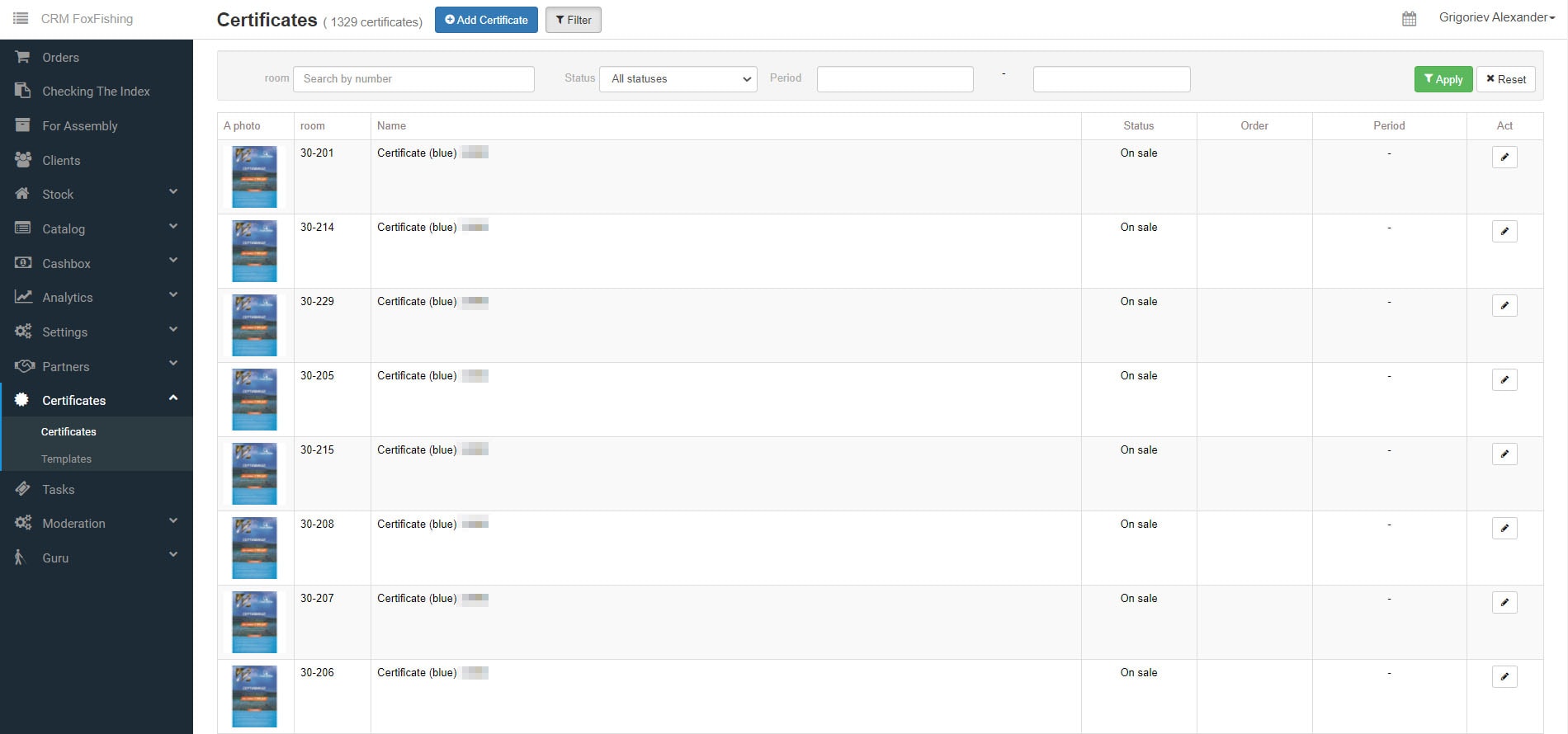

Moderation Module
Within this module, managers work with several categories of the site: "Question-answer," "FAQ," "Knowledgebase," "Complaints." These sections maximize contact with potential clients to improve sales through client awareness, provide recall on orders, and monitor to enhance the quality of service.

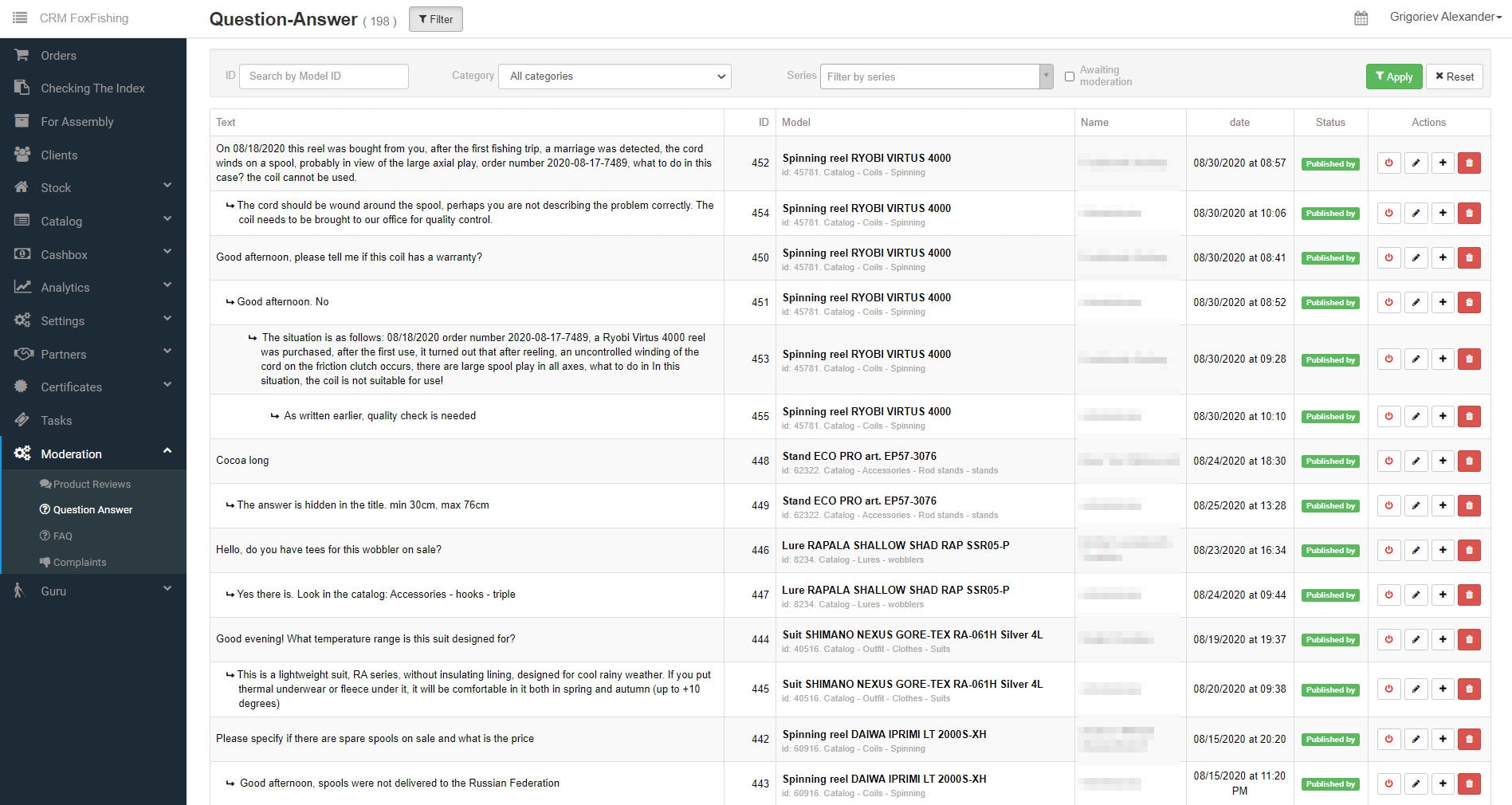
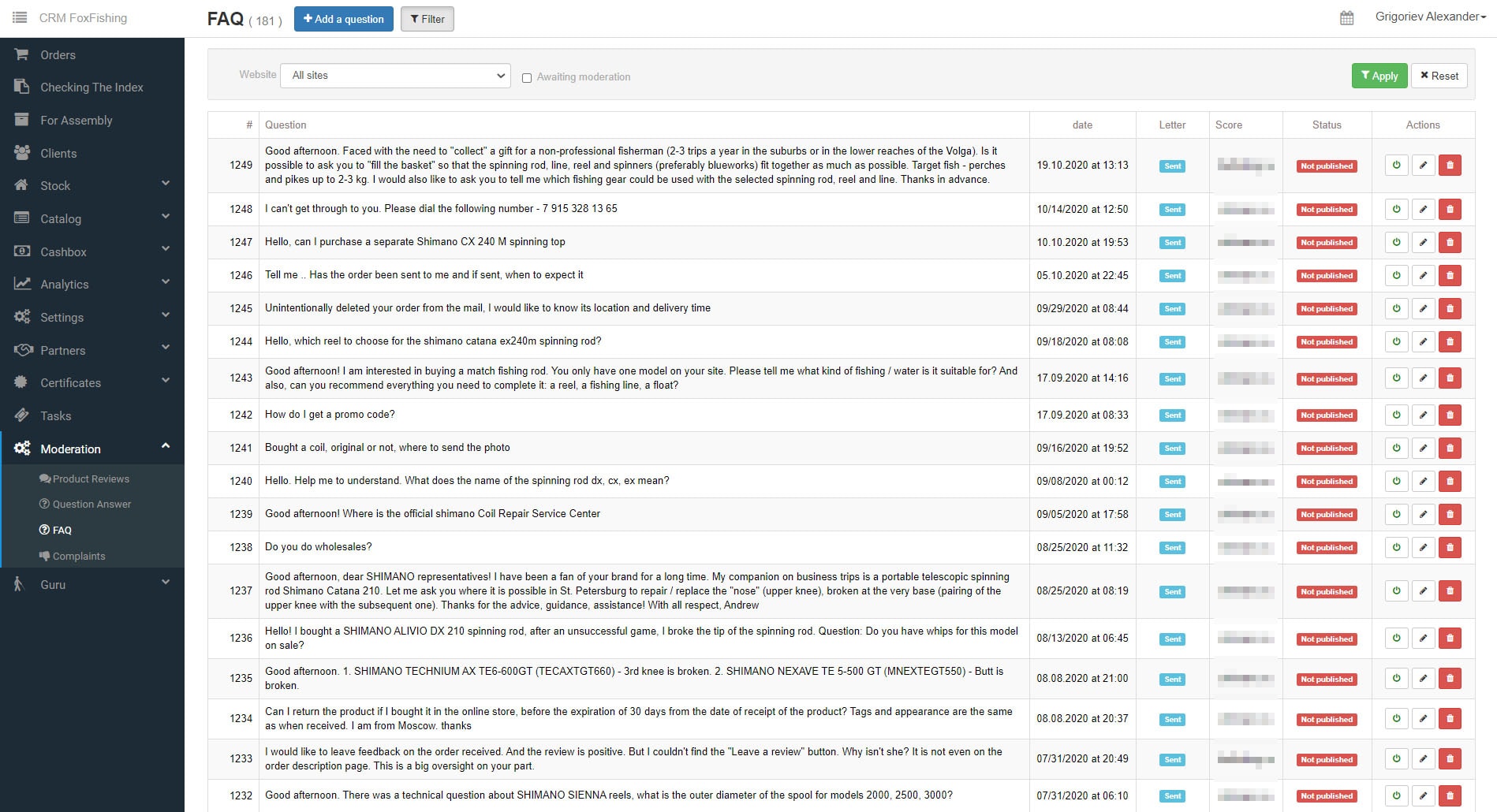
"Guru" Module
It is hybrid of the site blog with a smart product search filter to increase sales and improve the relevance of client requests. So, even by specific requests, potential clients can find a site and go from the blog directly to the catalogue for purchase. But if the potential client still cannot decide with choice, dividing the models into categories with tagging and parameters will allow you to select a model according to the most specific tasks.

CRM-system efficiency in the process of transition from offline sales to online
The creation of a flexible system, which is based on the instant integration of the database with the site, made it possible to automate the process of interaction with clients and optimize sales as such. As a result, the fishing gear store increased profit by more than 1700%, expanded the range of models by 11 times, and increased brand recognition throughout the country (today the company operates at once in all regions of Russia). At the same time, the company reduced proportional expenses of fulfilling one order by three times, being today one of the ten leading companies in the online environment.


